The Treeing Walker Coonhound is an all American breed. Sometimes called “The People’s Choice,” these brilliant hunters are truly something out of Americana lore. Somehow simple looking, with distinctive howls, there is no mistaking a coonhound. They tow the line between hard workers and floppy throw rugs afterhours. Read on to learn more about the Treeing Walker Coonhound.
Description of the Treeing Walker Coonhound
These dogs have smooth, short coats that show off a lithe body. They’re leggy and athletic, but not extreme in their body shape.
Like other Coonhounds, the Treeing Walker is a raccoon-hunting dog. They’re bred to track their quarry by scent, even if the racoon is long gone. The Treeing part of this dog’s name comes from this dog’s drive to chase the raccoons up a tree. The Coonhound will then wait below the racoon in the tree, baying until the rest of the hunting party catches up.
These dogs come in only a few classic colors. They may be black, tricolor, or white.
Life Expectancy and Size
This breed has a life expectancy of between 12 and 13 years.
They usually stand between 20 and 27 inches tall, and weigh between 50 and 70 pounds. However, the Treeing Walker Coonhound does not retain the bulk of some large breeds.
Protective Ability
These dogs readily form close bonds with their owners, but are notoriously good-natured with dogs and humans alike. Their baying bark, almost bellow-like, will certainly alert you to the presence of strangers nearby. Just don’t expect this dog to back up his bark with a bite.
Training
Hounds, and Coonhounds in particular, are bred to work independently of their owners – their sole job is to run, sniff, and bark. As such, these intelligent and athletic dogs aren’t as easy to train as you might think. It’s important to help your dog understand why listening to you is just as fun as sniffing!
Using short, fun training sessions will help teach your Coonhound all the skills you’ll ever need. Try to maintain an upbeat composure, rewarding your dog with treats, toys, and praise for getting it right.
Energy Level
This breed is made to run and work. As such, expect to give your TWC several long, sniffing-focused walks per day. Really tap into your dog’s nose by hiding treats along your walks rather than trying to avoid the sniffing tendencies of this breed.
Some Coonhounds don’t mind lazing around, but most are still hunters at heart. You’ll need to spend plenty of time exercising your dog to keep the whole family happy. Adequate exercise will also help keep your dog healthy!
What Living with a Treeing Walker Coonhound is Like
This breed is a good fit for social owners who don’t mind a bit of baying from their companion. This dog is athletic, fully capable of keeping up on outdoor adventures, without being too intense for busy owners.
Coonhounds aren’t great choices as apartment dogs, as their loud baying bark is quick to upset the neighbors. This dog thrives on outdoor exercise.
Care of the Treeing Walker Coonhound
These are rural American favorites, in need of little special care, just lots of love and exercise.
Environmental Needs
This breed is designed to do well hunting in all seasons. While they’ve got a short coat, they generally do well in cool temperatures. Keep an eye on their long ears in extreme cold to avoid frostbite. Like all dogs, they need adequate shade and water in the heat of summer.
Exercise Needs
If the TWC does not receive adequate exercise, he will likely begin to act out. To avoid this, initiate plenty of time outdoors. This can involve long daily walks. However, these dogs should also be given the opportunity to swim or join in on bike rides and runs.
Ideally, Treeing Walker Coonhounds should have a safe area to run and explore. They are of course very adept at hunting and tracking. Allowing them to participate in a job is perhaps the easiest way to guarantee their happiness.
Shedding and Grooming
Despite a short coat, this breed sheds profusely, especially at certain times of the year. They also often become smelly. A slicker brush or hound mitt will help remove much of the excess hair and control shedding.
With huge dangling ears, these dogs are quite prone to ear infections. Check them at least once per week, and clean regularly.
Ideal Home Environment
If you can keep a Coonhound occupied, they’re excellent home companions that tend to be quite easygoing. That said, these dogs need to live in a home with adequate space and time to exercise them. As highly social hunting dogs, they do best when not left alone for too long every day.
The TWC should be fine with other family pets. However, early socialization is a must. They still may retain a prey instinct toward small animals. As always, consult a behavioral specialist if any serious problems arise.
Health Concerns
This breed does not have many notable health problems. Most common are hip and eye degeneration, especially later in life. This is common of many breeds.
The Treeing Walker Coonhound is quite vulnerable to ear infections. Those long ears are good for catching scent, not for keeping the ear canals clean!
Behavior Problems
This breed is known for loud, long barks that are almost howl-like. Don’t bring home a TWC if you aren’t able to deal with some barking at home. These dogs are also notoriously difficult to have off-leash, thanks to their history as scent hunting dogs. Their job was to sniff and bark, and the owner’s job is to keep up!
Early training can help, but scents will always have a strong pull on your hound. Keeping your dog on-leash using a long line can help both of you enjoy the outdoors safely.
Finally, this breed can be vulnerable to separation anxiety. These dogs are highly social and struggle being left alone. This is a true disorder that won’t be fixed with obedience training and exercise. It’s best to get help if your TWC is panicking when left alone.

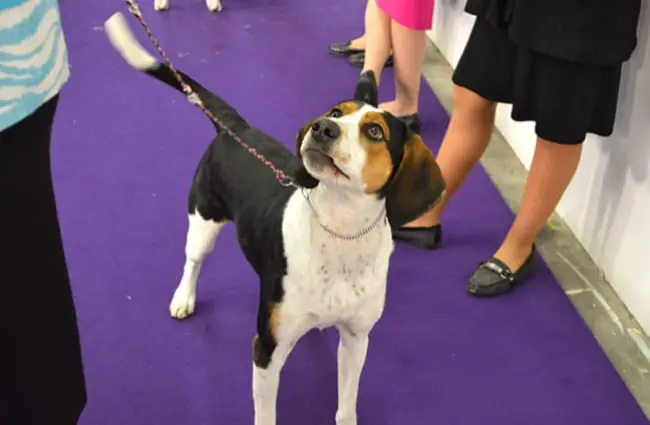
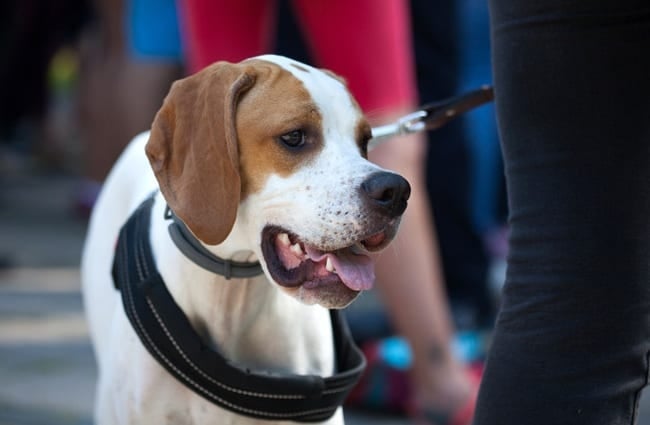
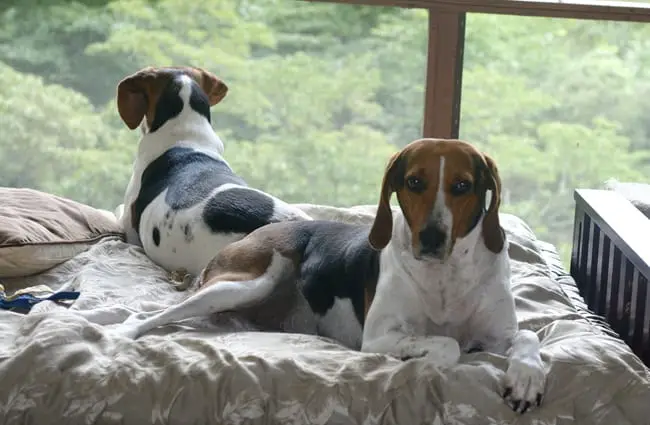
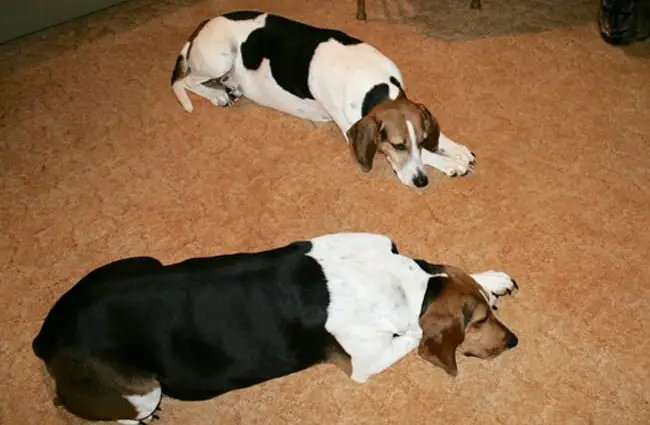
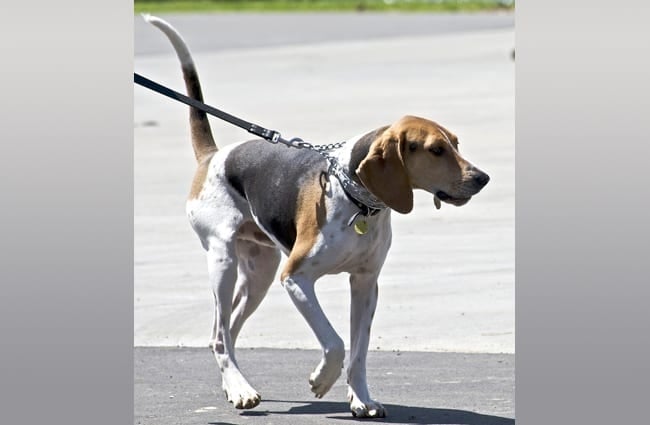

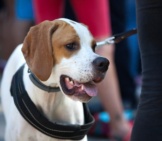
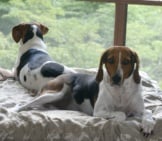
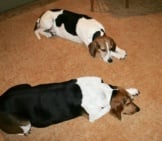














![Red Angus Closeup of a beautiful Red Angus cowPhoto by: U.S. Department of Agriculture [pubic domain]https://creativecommons.org/licenses/by/2.0/](https://animals.net/wp-content/uploads/2020/03/Red-Angus-4-100x75.jpg)

